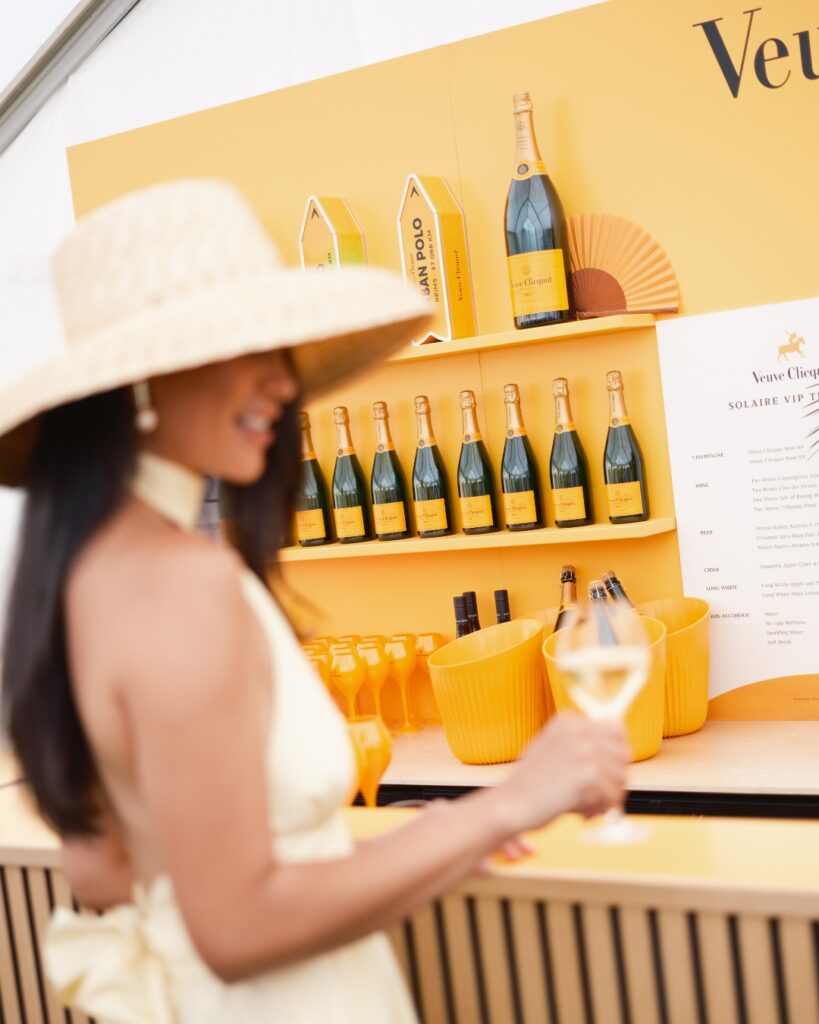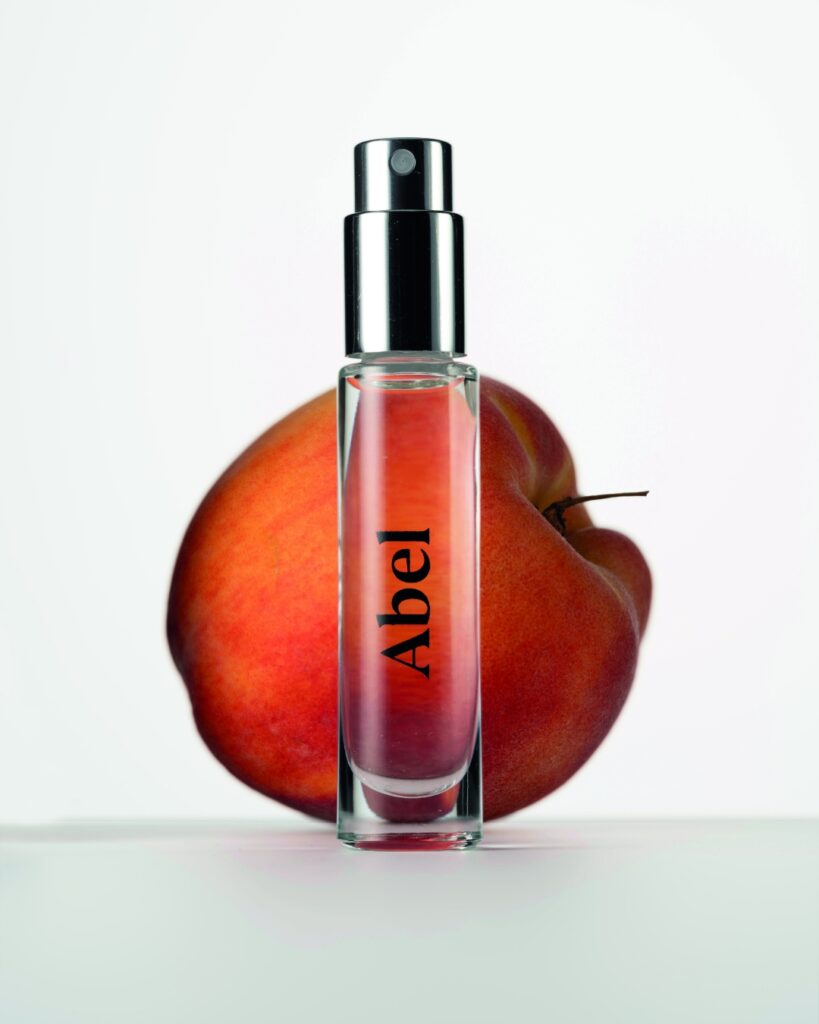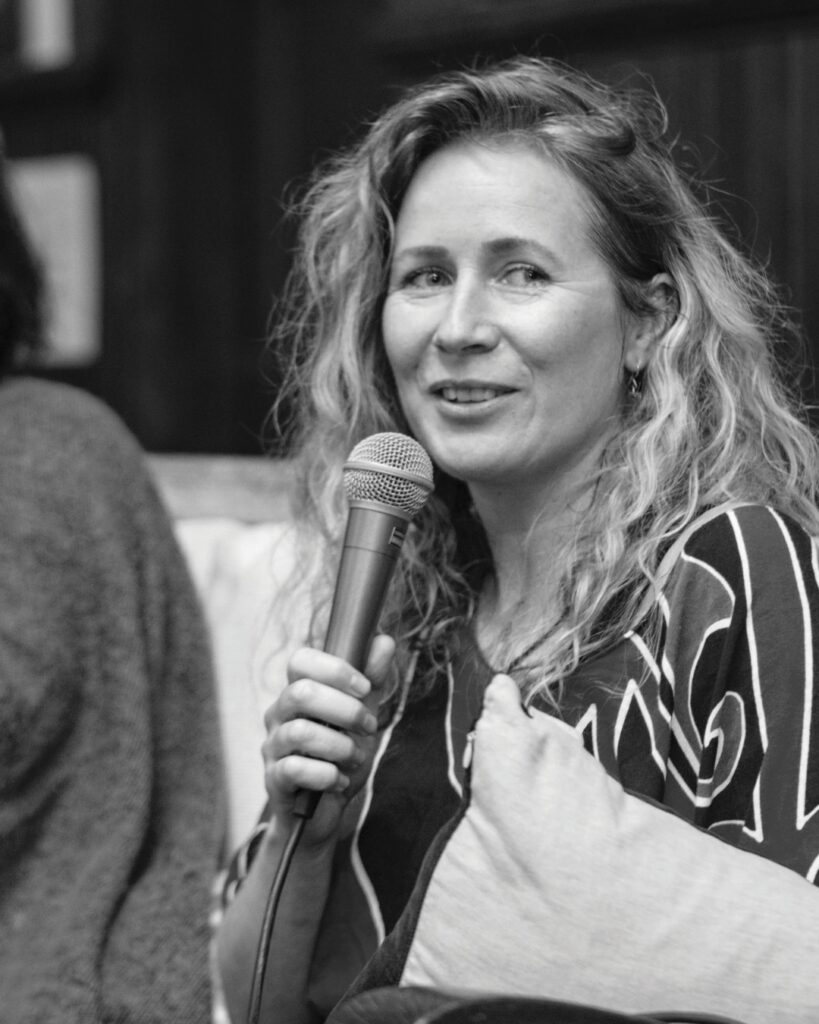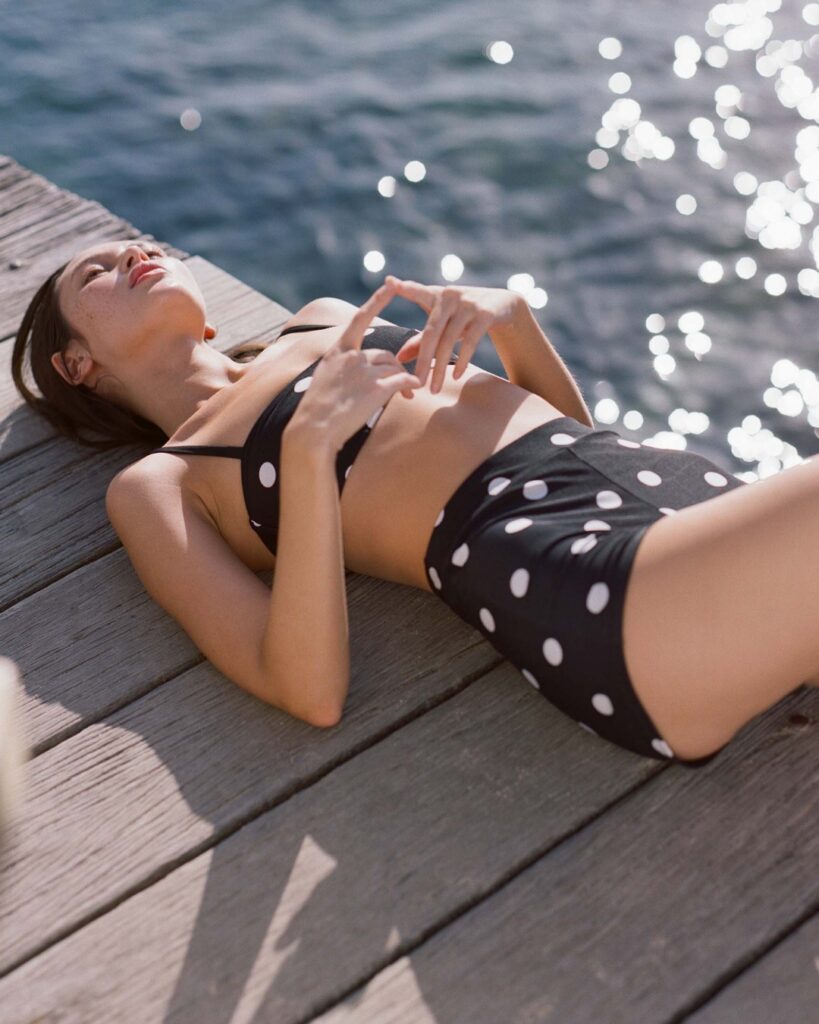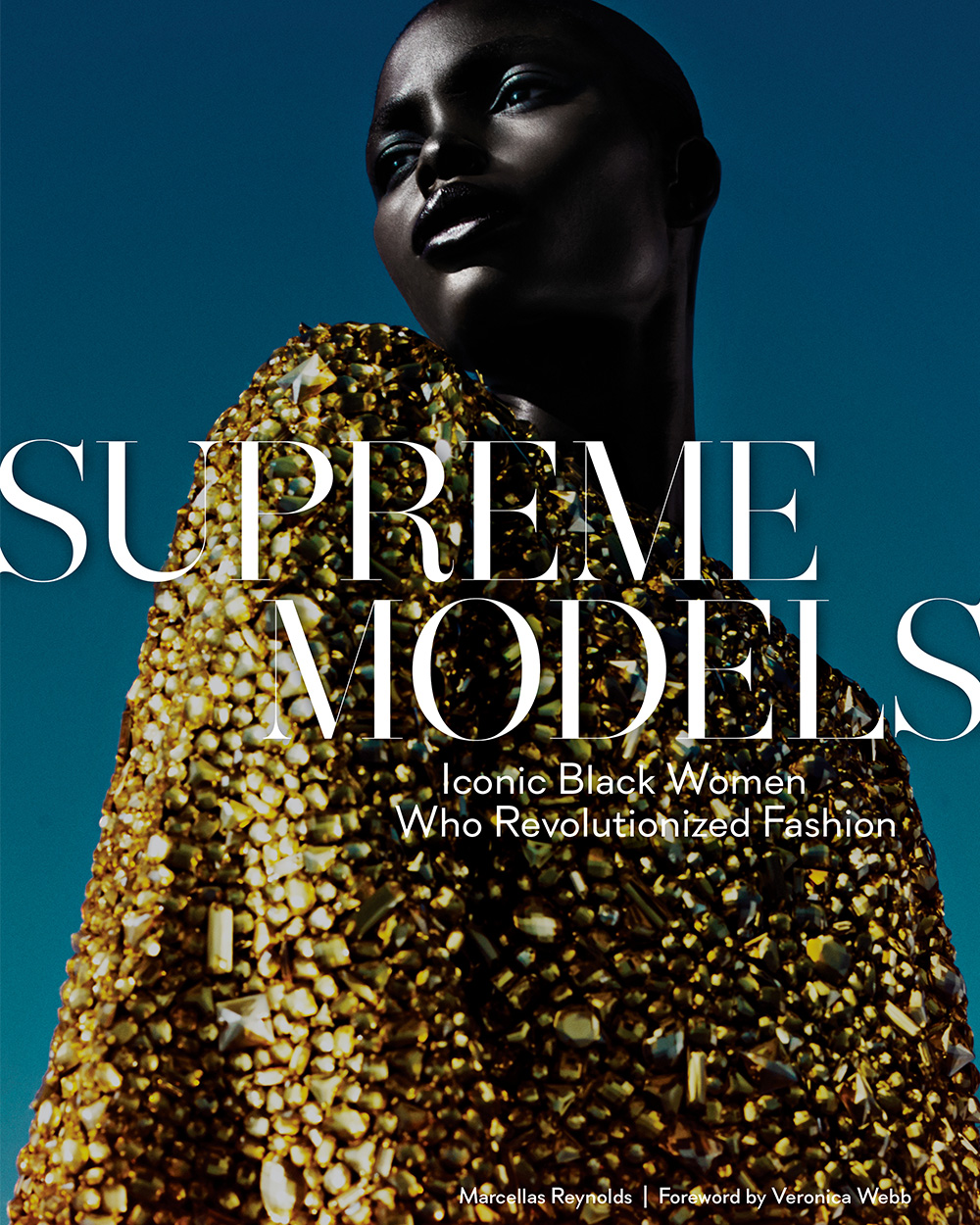
Unable to find a book that celebrates black models in full, celebrity stylist, journalist, and former model, Marcellas Reynolds has released his own beautiful tome as a testament to the women he admires.
Supreme Models: Iconic Black Women Who Revolutionized Fashion pays tribute to black models past and present to chart the influence they have had on fashion and pop-culture for over 60 years.
From the first to be featured in catalogues and on magazine covers – Iman, Beverly Johnson, and Donyale Luna – and the supermodels who reigned in the nineties – Tyra Banks and Naomi Campbell – to the newest generation of models – Adwoa Aboah, Jourdan Dunn, and Joan Smalls – it offers an intimate portrayal of models who have come to be seen as more than just pretty faces.
Author Marcellas Reynolds chats to FQ and shares the inspirations and importance behind his latest work.
Why did you decide to create this book?
In 2011, Vogue Model: The Faces of Fashion, a book dedicated to models who appeared in British Vogue was released. The book which spanned the 90-year history of British Vogue, arguably the most diverse fashion magazine in the world, only included two black models—Iman and Naomi Campbell. In 1966, British Vogue was the first Vogue to put a black model, Donyale Luna, on the cover. Eight years before American Vogue put Beverly Johnson on its cover! Angered, I wrote a scathing review of the book on Amazon; “Where is Veronica Webb, muse to Herb Ritts, who is one of the few black models ever to receive a cosmetics contract? Or Liya Kebede, the current face of Estée Lauder, who had an entire issue of Vogue Paris dedicated to her? And where is Tyra Banks? The model mogul! Few models have been more successful than Tyra!”. That lack of recognition of the triumphs, that’s why I wrote Supreme Models.
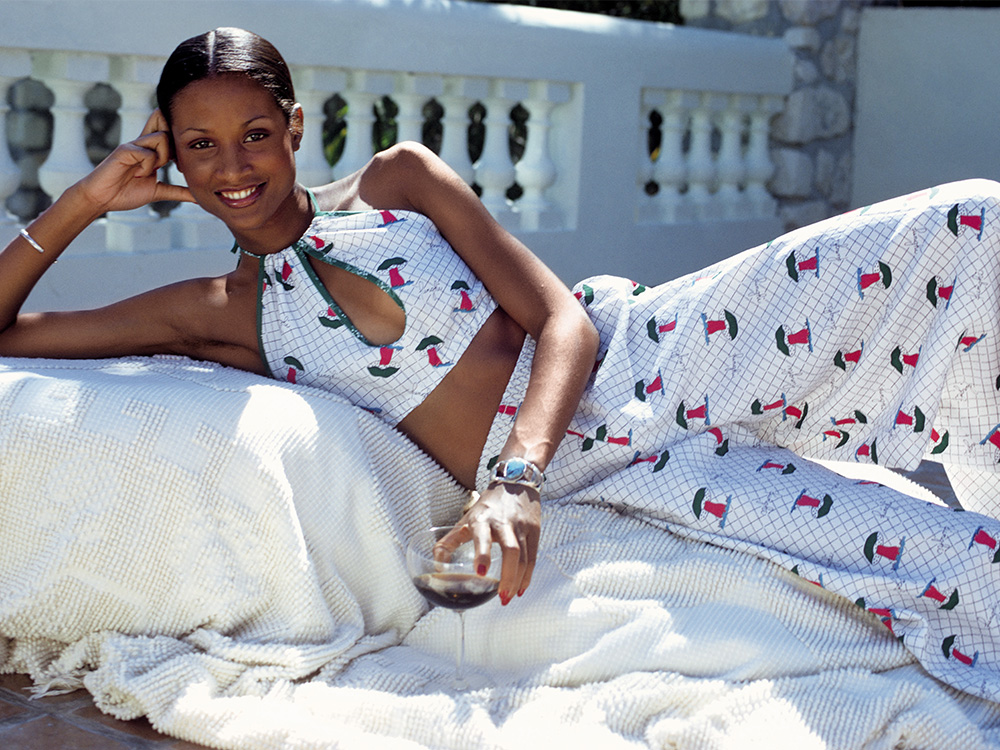
How has your experience helped you put this book together?
As a fashion stylist and former model, I’ve been on many sets and seen how some people treat models and people of colour. We’re often paid less for the same work. I’ve seen models be told by the hair and makeup artists that they couldn’t do our hair or didn’t have makeup for our skin tones, as though their lack of skill was somehow our fault. But still, we thrive. I wanted to create a book that celebrates our successes.
What’s your most memorable moment from working on the book?
Oh gosh, there are so many moments! I cried the first time I read Christy Turlington’s essay about the need for diversity and inclusion and her friendship with Naomi Campbell. My friendship with Veronica Webb, who wrote the foreword, has been such a blessing. But I think it’s interviewing all these incredible models from Dilone to Mayowa Nicholas, to the legend Beverly Johnson that I treasure the most.
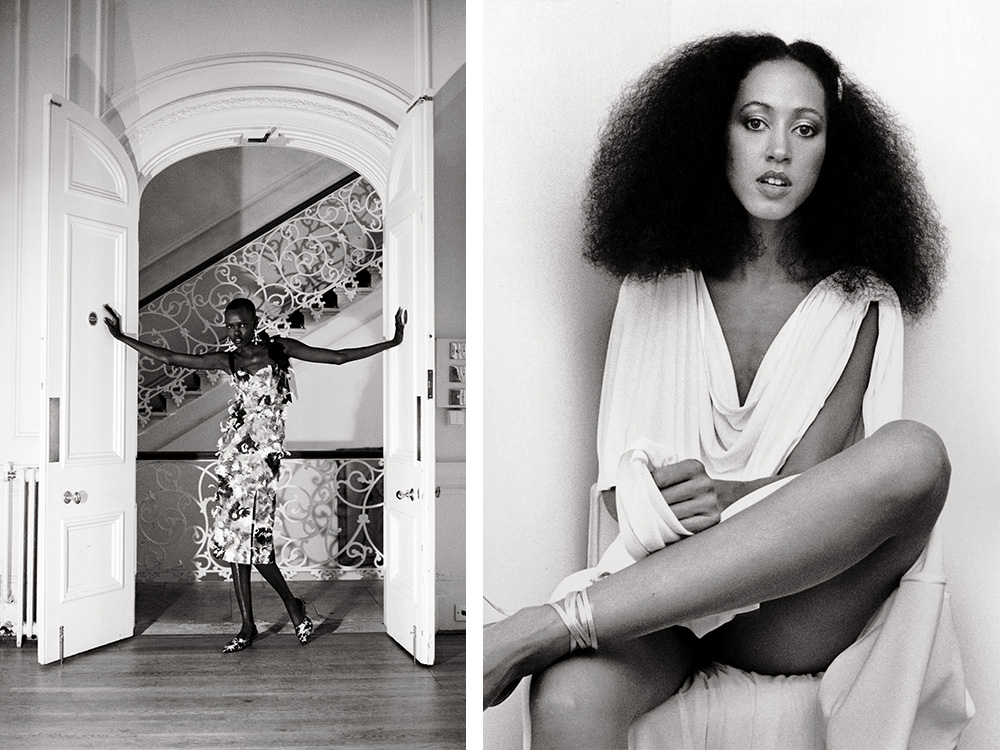
Why do you think magazine imagery is important?
I believe photography is an art form. So is fashion. I think photographs are a beautiful record of our time. That documentation is historic.
When working on the book, was there a theme or common element you uncovered in the representation of black models?
Sadly, the most common theme was the myth that there could only be one successful black model at a time. So often, models of colour are pitted against each other by the industry. Beverly versus Iman. Naomi versus Tyra. Chanel (Iman) versus Jourdan. It’s unnecessary. It was never Christy versus Linda or Cindy versus Claudia!
What mark do you think black models have left on fashion, and the broader culture, so far?
Each time a model of colour breaks through, it sends a message to the world that women of colour are beautiful too. I also think it helps instil a sense of pride among the viewer that they, too, can feel beautiful and empowered. No matter how dark their skin, or if their hair is natural, or if they are plus size, they also are beautiful.
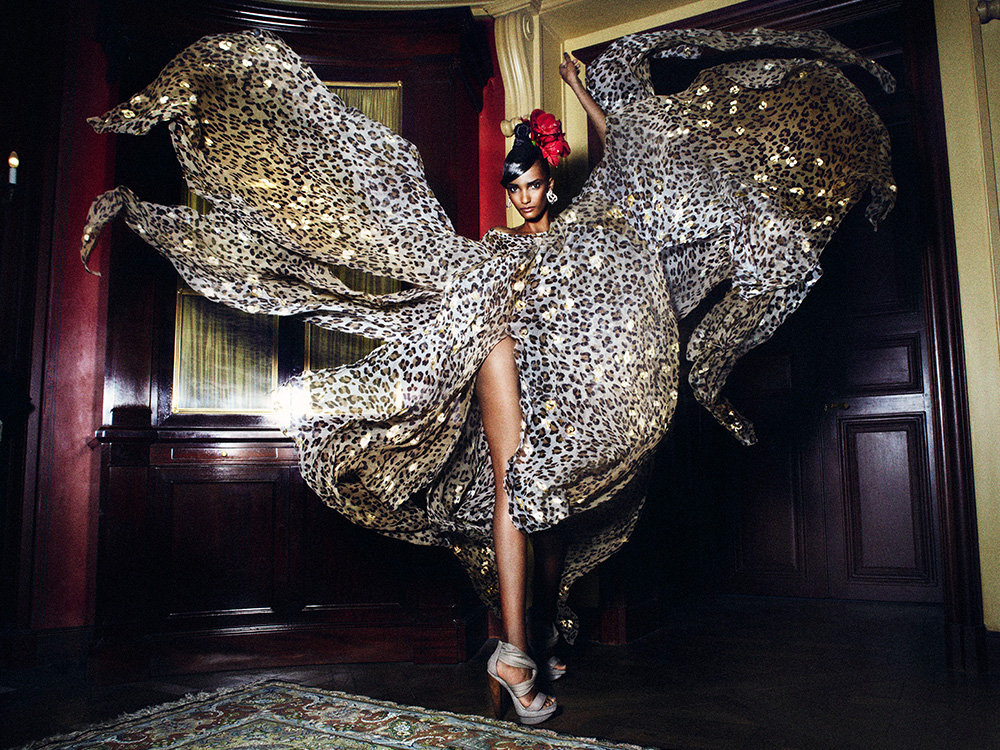
Why do we need diversity and inclusion in fashion?
No one race owns the space of beauty. Diversity and inclusion are especially important to children. Everyone needs to see images of themselves, or people like them, to feel accepted. Diversity in advertising and fashion gives the viewer a space to dream when you see someone who looks like you presented beautifully, positively, or looking successful. It makes it believable that you, too, can succeed!
Do you think we are making progress globally?
Fashion is changing at an astronomical pace. We are now seeing models of all shapes, sizes, and even ages depicted beautifully. I think these positive depictions of women have a significant effect on society in general.
What work still needs to be done?
We need more people of colour in the boardrooms and behind the scenes making decisions and helping to guide the conversation. Think about it. If there had been people of colour in the rooms when Gucci made the infamous sweater, or H&M put the “Coolest Monkey in the Jungle” tee on a black child, those gaffs would not have happened! We have to move the conversation towards integration! We need more art directors, and hair and makeup artists, photographers of colour! And MORE DESIGNERS at major fashion houses!
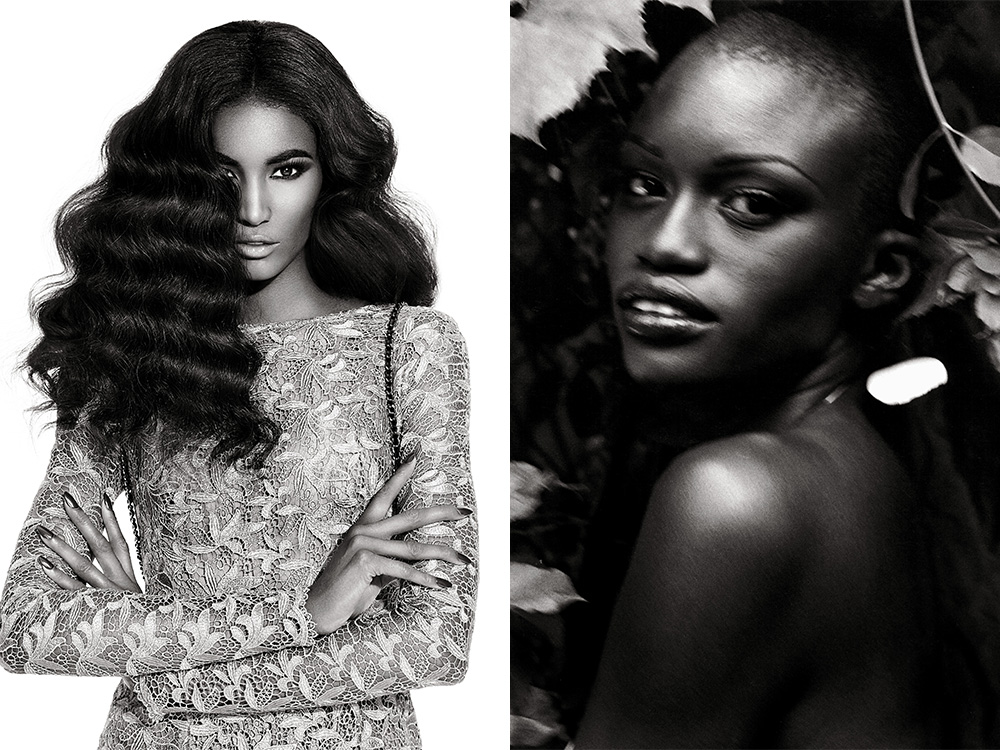
Who are your role models?
The trailblazers – Bethann Hardison, Edward Enninful, Andre Leon Talley—and legends Diana Vreeland, and Polly Mellen, because I’m a stylist and art director at heart. Of course, I love Anna Wintour.
Within the book itself, there is a diversity of models, why is it important to show this?
I worked very hard to show the incredible kaleidoscope that is the beauty of women of colour. No shade or hair texture or size is more beautiful than any other. When we accept that every person is beautiful in their way, we recognize that we are each, no matter what race, sexuality, or creed, divine!
Who are the fresh faces to watch in the industry now?
I’m obsessed with Dilone. I’m so happy she’s back and killing it again. J’adore Alicia Burke, Jourdana Phillips and Anyelina Rosa. Indira Scott and Kerolyn Soares are both rocking my world right now, too.
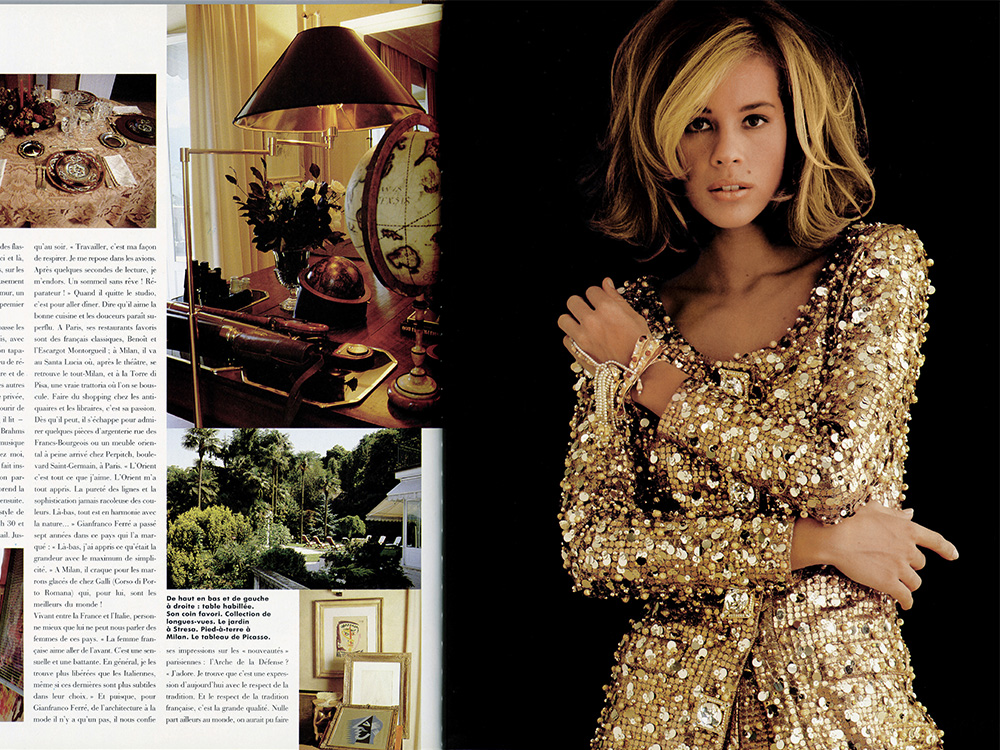
As a model yourself, what did modelling teach you?
Former model! I always say, “20 years and 20 pounds ago!” Modelling taught me so much. It taught me to accept people for who they are. It taught me everyone has a story, and if we listen, we will learn something. Modelling is also a crash course in sophistication. I lived all over the world and worked with some of the most incredible, talented people in fashion. I learned style from the greats.
What’s next for you, what are you working on now?
I’m working on making Supreme Models into a documentary. There is more to the story of the black model in advertising and fashion to tell. I’m writing my second art book, and no, I am not disclosing the subject just yet! I also think Supreme Models deserves a Volume II. I have an idea for it that is fire!
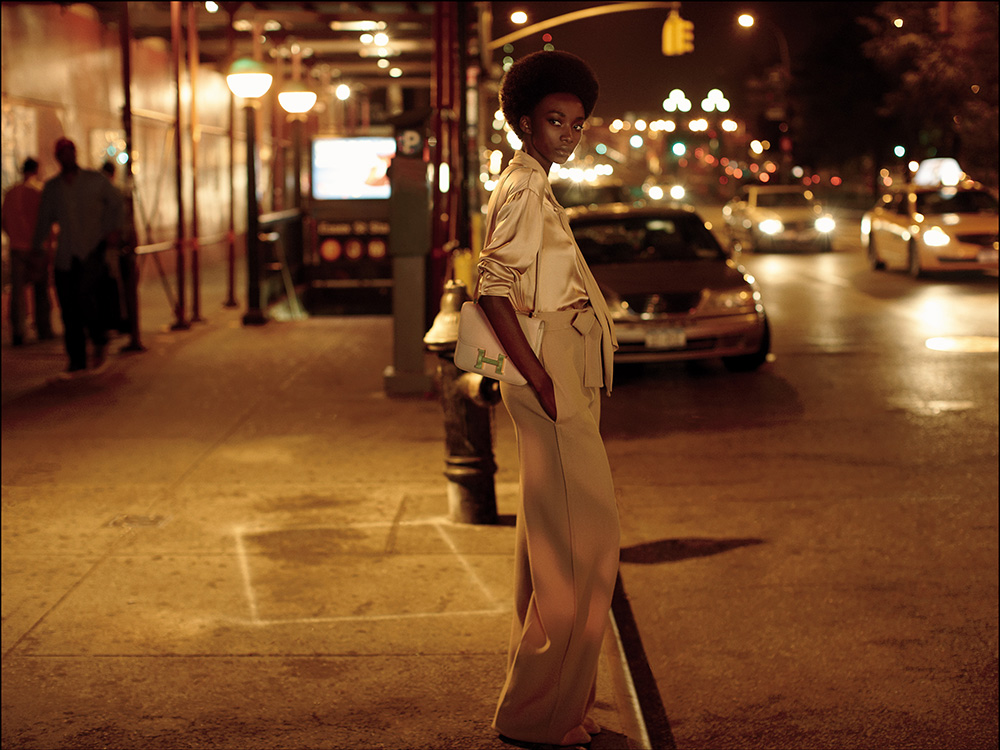
Supreme Models: Iconic Black Women Who Revolutionized Fashion by Marcellas Reynolds, $78. Abrams, abramsbooks.com.


